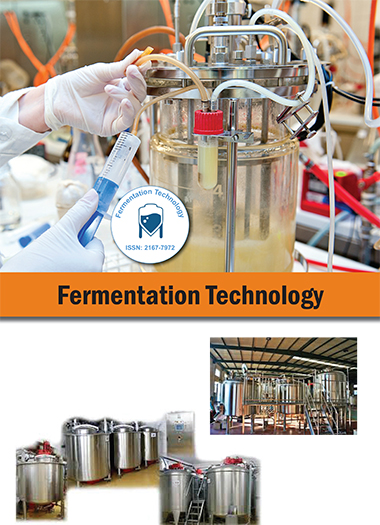में अनुक्रमित
- जे गेट खोलो
- जेनेमिक्स जर्नलसीक
- कृषि में वैश्विक ऑनलाइन अनुसंधान तक पहुंच (अगोरा)
- RefSeek
- हमदर्द विश्वविद्यालय
- ईबीएससीओ एज़
- ओसीएलसी- वर्ल्डकैट
- पबलोन्स
उपयोगी कड़ियां
इस पृष्ठ को साझा करें
जर्नल फ़्लायर

एक्सेस जर्नल खोलें
- अभियांत्रिकी
- आनुवंशिकी एवं आण्विक जीवविज्ञान
- इम्यूनोलॉजी और माइक्रोबायोलॉजी
- औषधि विज्ञान
- कृषि और जलकृषि
- चिकित्सीय विज्ञान
- जीव रसायन
- जैव सूचना विज्ञान और सिस्टम जीवविज्ञान
- तंत्रिका विज्ञान और मनोविज्ञान
- नर्सिंग एवं स्वास्थ्य देखभाल
- नैदानिक विज्ञान
- पदार्थ विज्ञान
- पर्यावरण विज्ञान
- पशु चिकित्सा विज्ञान
- भोजन एवं पोषण
- रसायन विज्ञान
- व्यवसाय प्रबंधन
- सामान्य विज्ञान
अमूर्त
Production of β-(1,3)-glucanases by Trichoderma harzianum Rifai: Optimization and Application to Produce Gluco-oligosaccharides from Paramylon and Pustulan
Ellen C. Giese, Robert F. H. Dekker, Aneli M. Barbosa, Maria de Lourdes Corradi da Silva and Roberto da Silva
β-(1→3)-Glucanases were produced by Trichoderma harzianum Rifai PAMB-86 cultivated on botryosphaeran in a bench-fermenter and optimised by the response surface method. Maximal enzyme titres occurred at 5 days, initial pH 5.5 and aeration of 1.5vvm. β-(1→3)-The β-glucanolytic enzyme complex produced by T. harzianum Rifai PAMB- 86 was fractionated by gel filtration into 2 fractions (F-I, F-II), and employed to produce gluco-oligosaccharides from algal paramylon ((1→3)-β-D-glucan) and lichen pustulan ((1→6)-β-D-glucan). Both enzymes attacked paramylon to the extent of ~15-20% in 30 min releasing glucose and laminaribiose as major end-products, and laminari- oligosaccharides of degree of polymerization (DP) ≥ 3. Only F-I degraded pustulan resulting in ~2% degradation at 30 min, with glucose, gentiobiose and gentio-oligosaccharides of DP ≥ 4 as major products. The difference in the nature of the hydrolysis products can be explained by the substrate specificities of each enzyme fraction, and the structural differences of the β-D-glucans attacked.